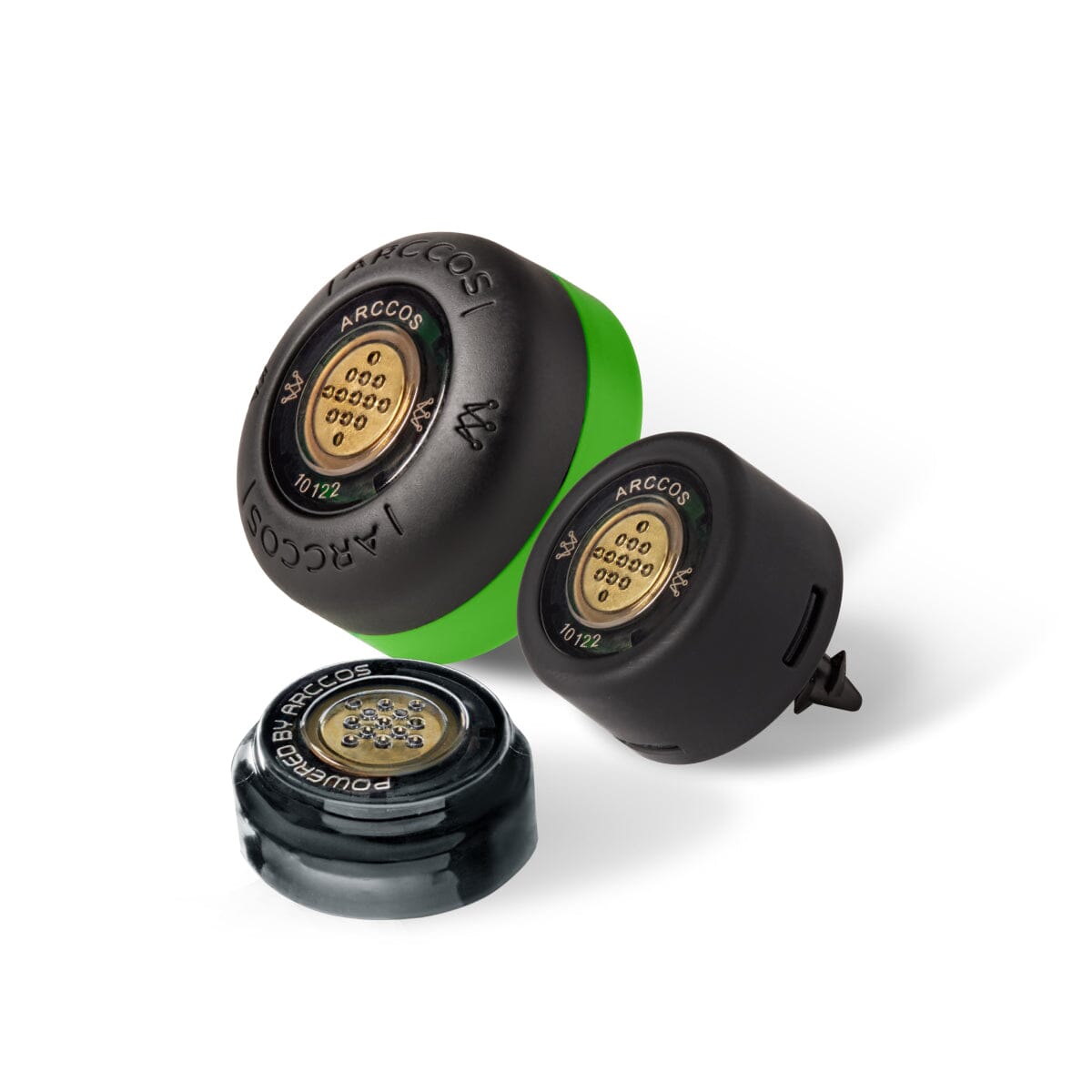Long irons have a certain stigma attached to them. Plenty of golfers have heard Lee Trevino’s “Even God can’t hit a 1-iron” quote. The only players who need a 2-iron in their bag are playing with sponsors’ logos all over their shirts. The same can really be said for 3-irons as well. But for some reason, the approved exchange of long irons for hybrids ends there. Why does the 4-iron get a free pass into your bag? And should it?
Using the massive Arccos dataset, we were able to find answers. Analysing more than 200 million shots taken in 3.8+ million rounds, we can compare how different handicap levels perform with a 4-hybrid and 4-iron, focusing on tee shot distance, fairway hit percentage, green in regulation percentage and overall score.
Arccos tracks all of this on-course performance data via sensors installed in the grips of clubs. The system automatically records and analyses all of a golfer’s stats, shows players their optimal strategy for every shot using an A.I. Caddie, uses advanced analytics to inform practice regimens and much more.

Through this trove of data, three trends emerge:
- For hitting into greens, the 4-hybrid is the best play for most.
- Golfers across the board hit more fairways with a 4-iron.
- The 0-5 handicap bracket is more effective with the 4-iron than any other bracket. Almost every other bracket hits it longer and records more GIRs with the 4-hybrid.
DISTANCE

Off the tee, only the lowest and highest handicap players saw yardage gaps in distances between the 4-hybrid and 4-iron. The 0-5 handicap bracket hit 4-irons more than four yards farther than a 4-hybrid, while the 20+ handicappers were almost two yards longer with a 4-iron. Bigger discrepancies began to pop-up when we added in approach shot distance yardages.
- When comparing tee shot and approach shots with both clubs, almost every handicap bracket saw an uptick in distance on their approach shots compared to off-the-tee distance.
- The exception is the 0-5 handicap. That group actually saw a decrease with both clubs, including an 8-yard decline in distance with the 4-iron.

- On approach shots, most brackets are appreciably longer with 4-hybrids. The 11-15 handicap bracket was almost 5 yards longer! The lone holdout? The 20+ handicappers, who are almost 2 yards longer with a 4-iron.
If you think these numbers seem low, keep in mind: the Arccos Driving Distance Report found that the average driving distance for all players in 2019 was 222.1 yards.
ACCURACY
Distance is one thing, but modern hybrids can hide swing flaws and keep a ball in the fairway in ways long irons can’t. Right?
Not so fast. The data suggests otherwise - at least off the tee.

- Four handicap brackets hit the fairway at about the same rate with both clubs. The outlier was the 0-5 handicaps, who hit the fairway 46.20% with the 4-iron compared to 43.50% with the 4-hybrid.
- Approach shots are a different story. The data favours the 4-hybrid in every handicap bracket.

- One interesting note that shows the ever-widening gap between PGA Tour pros and single-digits. The average 0-5 handicap has a GIR percentage of 22.09% with the 4-hybrid, which from the above chart is around 165 yards. Looking at GIR percentage from 200+ yards – the best equivalent to a long iron approach for pros – the PGA Tour average so far this season is 42.35%.
- Another stark realisation for amateurs: The PGA Tour average in fairway hit percentage using all club types was 61% in 2017. A 14.81% increase compared to the average 0-5 handicap with a 4-iron.
AVERAGE SCORE WHEN HITTING OFF THE TEE
A straightforward way to tell what club is best? What’s the average score when you actually put it in play. This analysis wasn’t restricted to a certain kind of hole, so it could be on a par-3, par-4 or par-5. But the answer was clear.

- Every handicap bracket saw a lower score when using the 4-hybrid off the tee compared to the 4-iron. The 11-15 handicap bracket saw the biggest margin with a 4.46 score with a 4-hybrid compared to a 4.64 score with the 4-iron. That may not sound like much, but those margins add up over the course of a round.
- As you go from the best players to the worst players, the gaps widen. The 20+ handicap are almost 0.20 strokes better with a 4-hybrid compared to the 4-iron.
In this day and age, clubs have to earn their way into your bag. If you’re an Arccos Caddie player, spotting any underperforming clubs is easy. In-app or via the Arccos Players Dashboard, you can see detailed breakdowns for every club. Use that data to figure out if there is a weak link in your setup and address it.
RELATED: Create Smart Practice Plans with Arccos Caddie
Still aren't an Arccos Caddie member? Join today by purchasing a set of Arccos Caddie Smart Sensors or Arccos Caddie Smart Grips and start improving faster.






Share:
Want Rapid Golf Game Improvement? Smart Distance Club Averages Are Key.
Improve Your Game by Reviewing Your Arccos Rounds